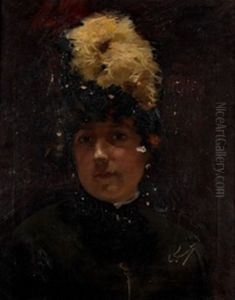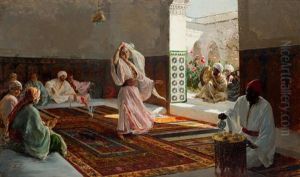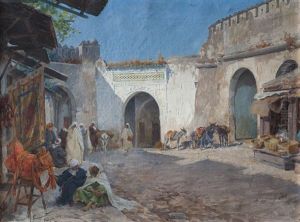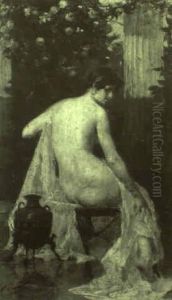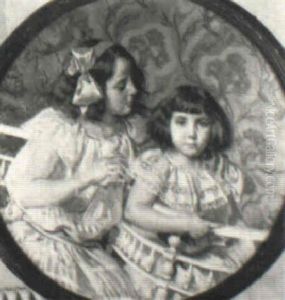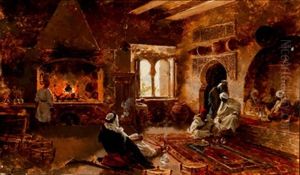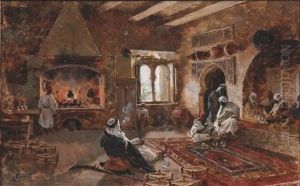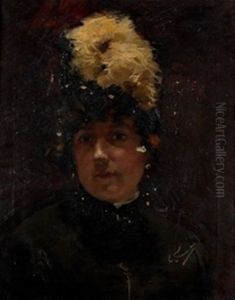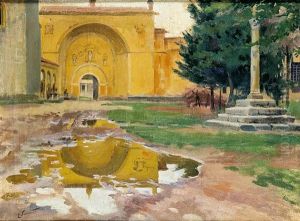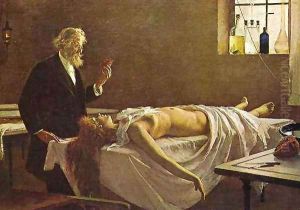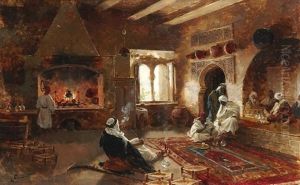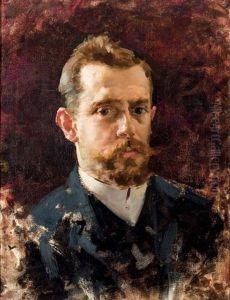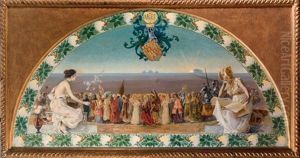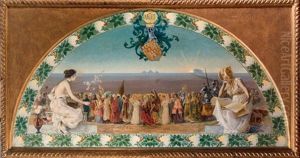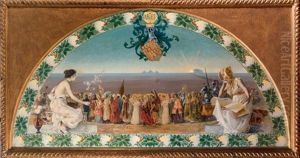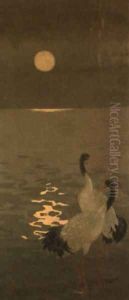Enrique Simonet Lombardo Paintings
Enrique Simonet Lombardo was a Spanish painter born on February 2, 1866, in Valencia, Spain. He is often recognized for his technical skill, his work within the historical and genre painting traditions, and his ability as an illustrator. Simonet grew up in a time when the Spanish art scene was influenced by various European art movements, including Impressionism and Realism. However, his style remained largely academic, characterized by precise drawing, a clear composition, and a vivid, often dramatic narrative.
Simonet began his artistic education at the Escuela de Bellas Artes de San Carlos in Valencia. He later moved to Madrid, where he continued his studies at the Real Academia de Bellas Artes de San Fernando. In 1887, he traveled to Rome on a scholarship to further his training. During his time in Italy, he absorbed the influence of classical art and Renaissance masters, which would be reflected in his later work. He also spent a significant amount of time in Paris, where he was exposed to the works of contemporary French artists, which may have had a subtle influence on his technique and use of color.
One of Simonet's most famous works is 'La autopsia' (The Autopsy), painted in 1890, which showcased his mastery of anatomical accuracy and human emotion. His other notable painting, 'Flevit super illam' (He wept over it), created in 1892, won a prize in the National Exhibition of Fine Arts in Madrid and was subsequently exhibited in the Chicago International Exhibition in 1893. This painting depicts a biblical scene of Jesus overlooking Jerusalem, highlighting Simonet's ability to imbue his religious subjects with deep emotion and humanity.
Throughout his career, Simonet also traveled extensively, including visits to Morocco, which influenced some of his orientalist-themed works. His travels are reflected in the variety and richness of subjects he chose to depict. In addition to religious and historical themes, he also painted portraits, landscapes, and scenes of everyday life. His versatility and prolific output cemented his reputation as one of the prominent Spanish artists of his time.
Simonet's works were widely appreciated for their narrative quality and detailed realism, and he received numerous awards and recognitions throughout his career. He was also involved in various artistic circles and academic institutions, which helped to promote his work and influence. Enrique Simonet Lombardo passed away on April 20, 1927, in Madrid, leaving behind a legacy as a significant figure in the Spanish academic art tradition of the late 19th and early 20th centuries.
